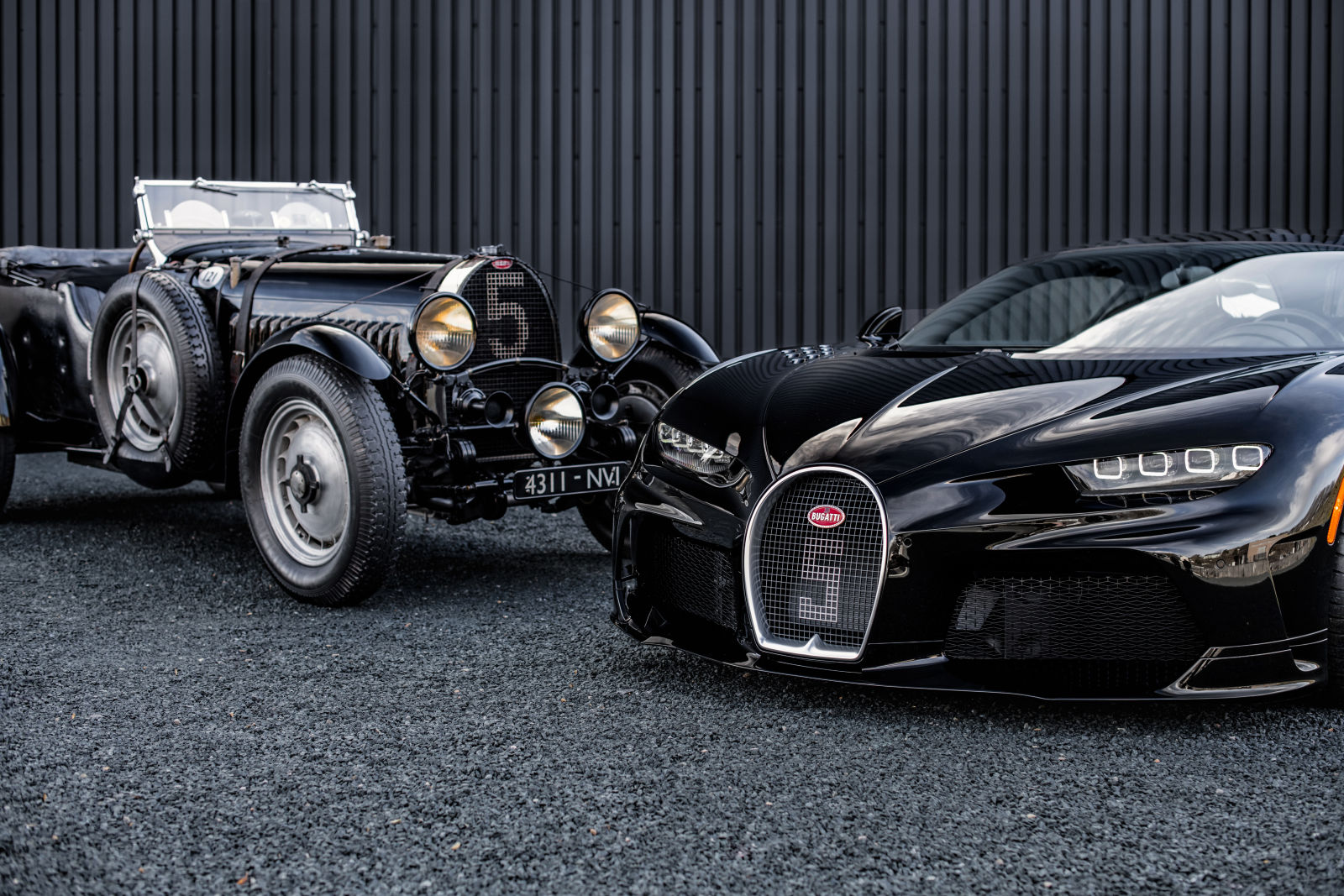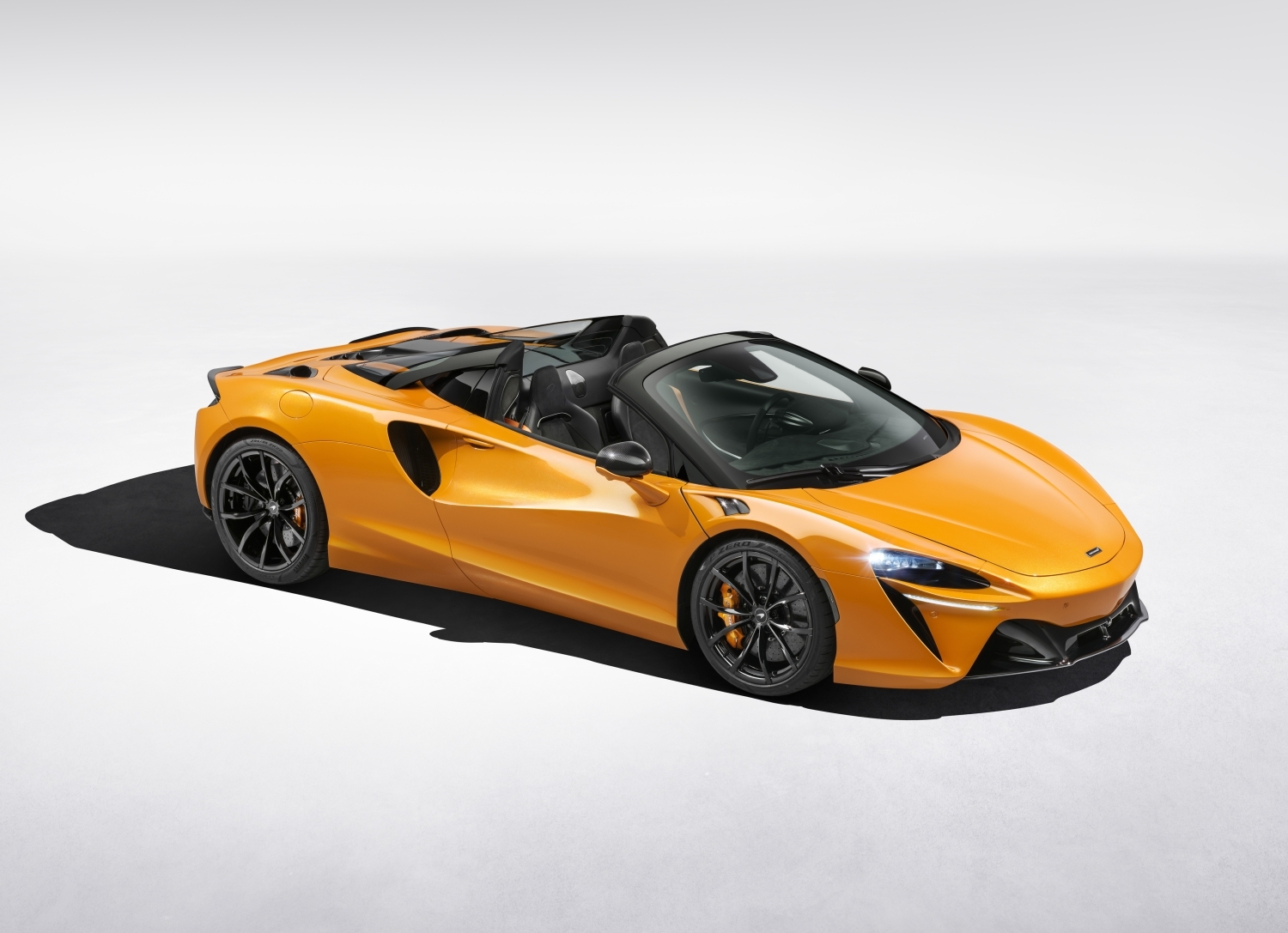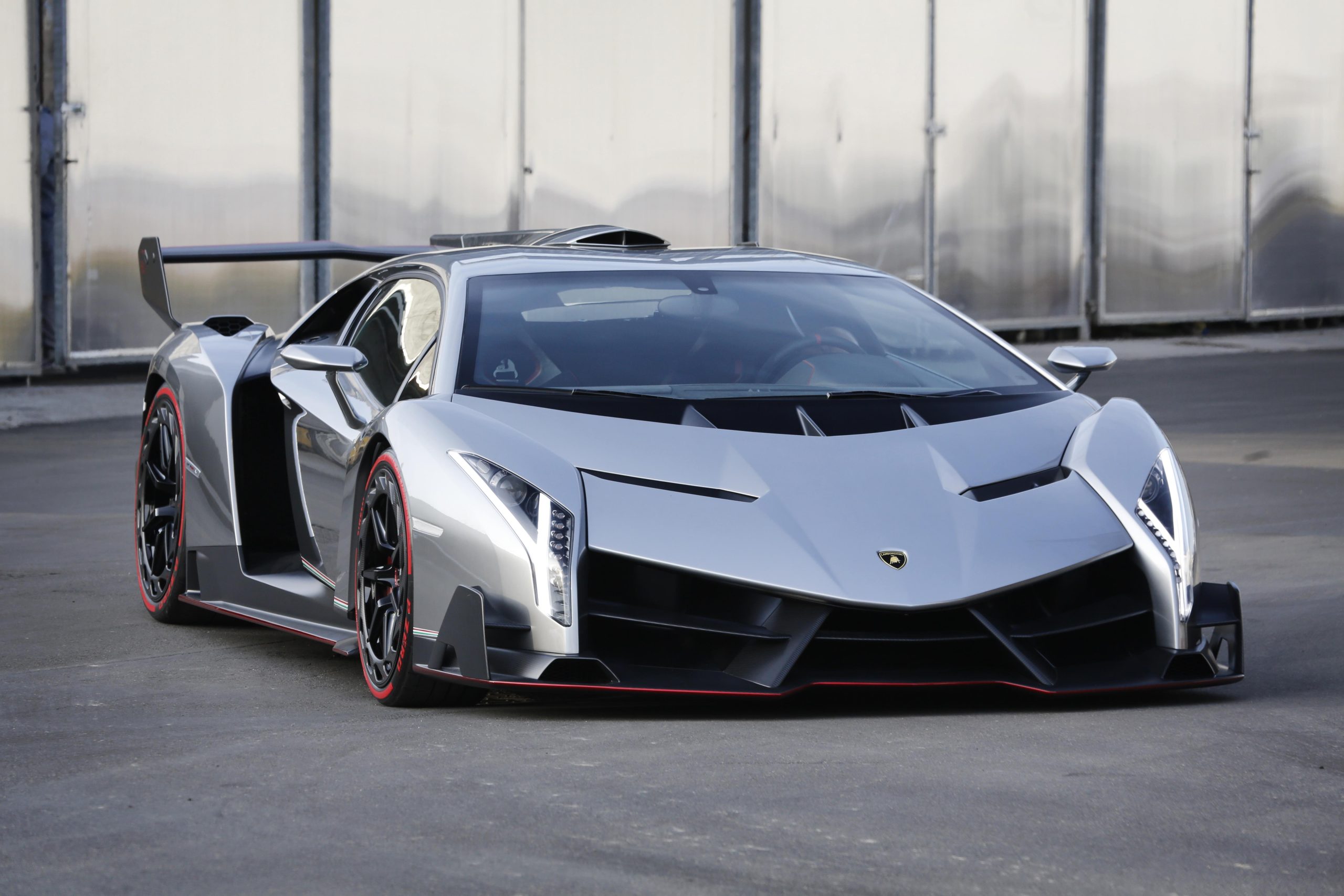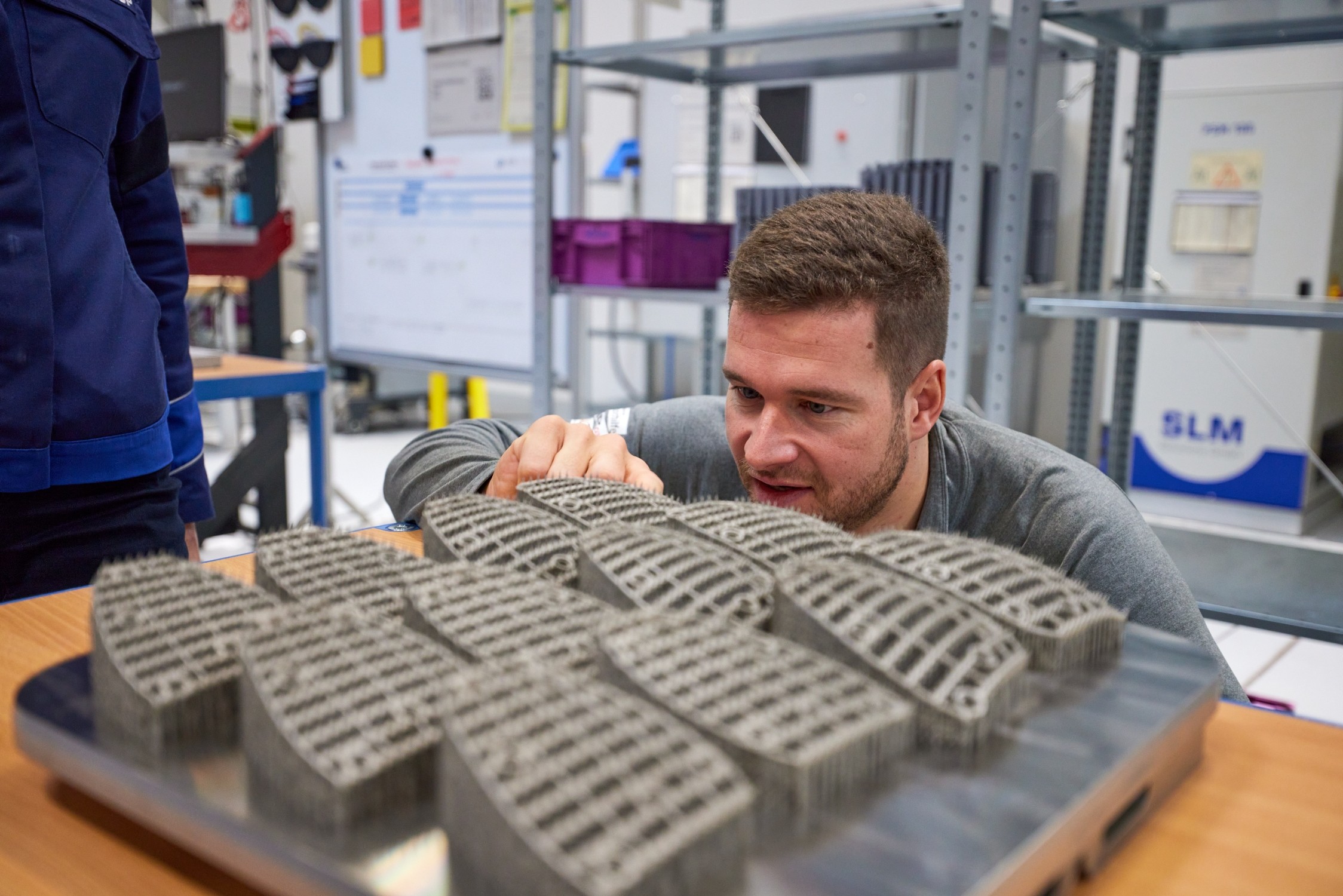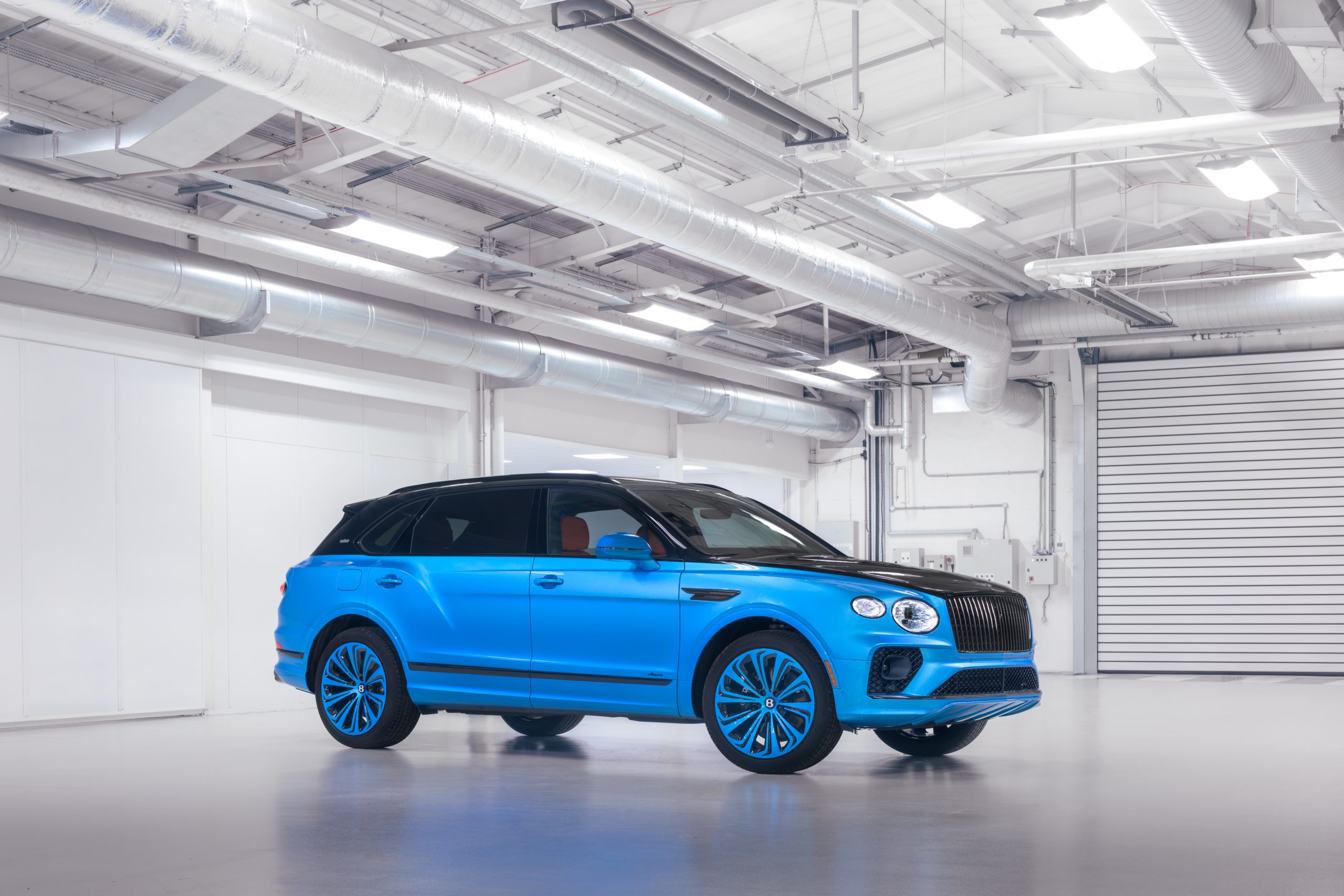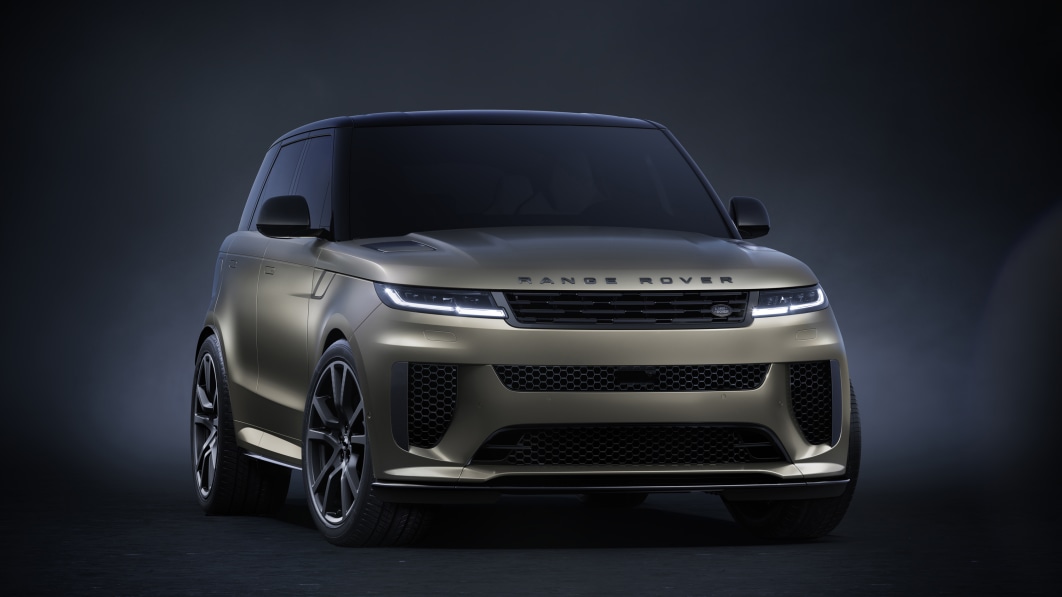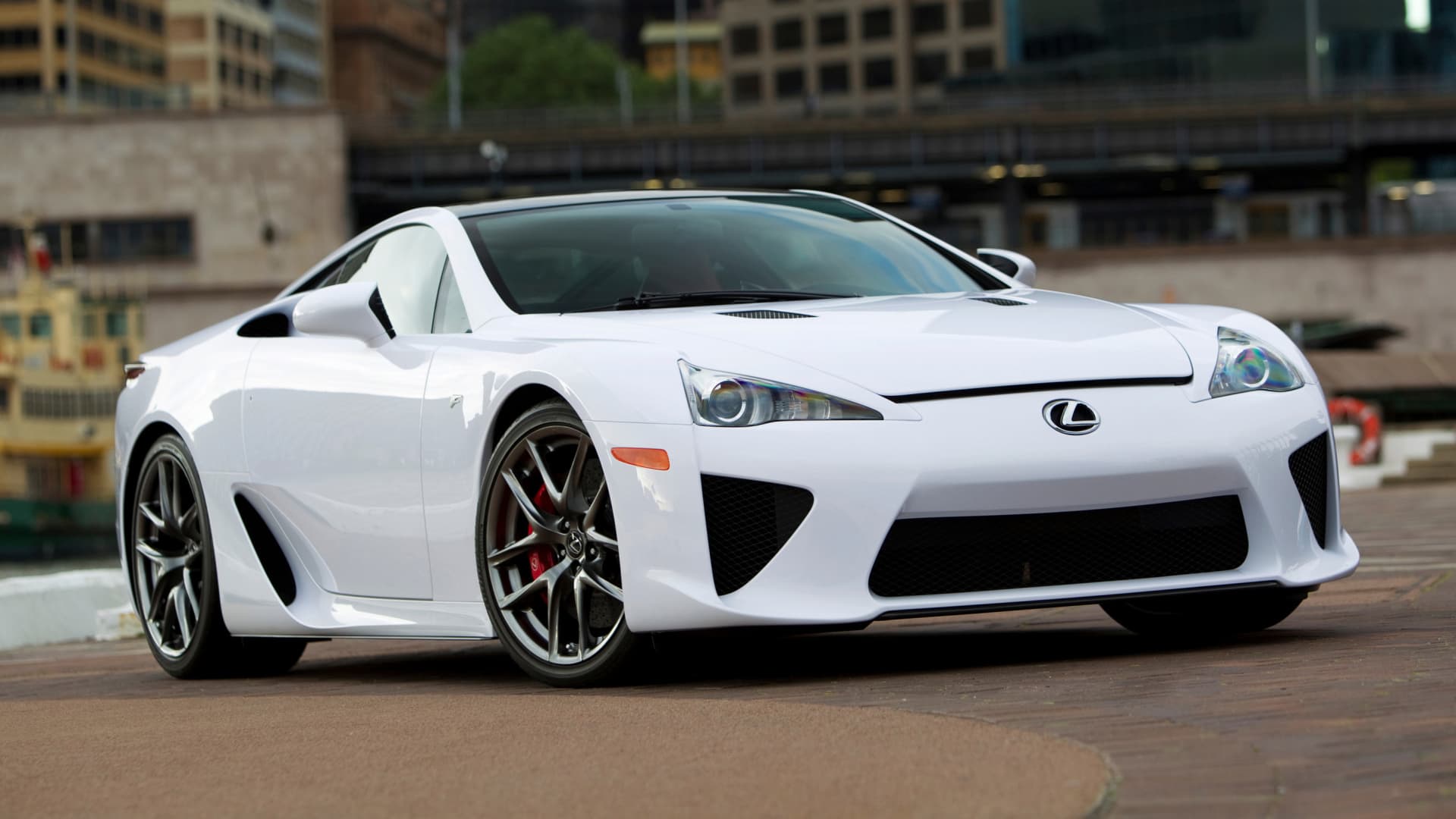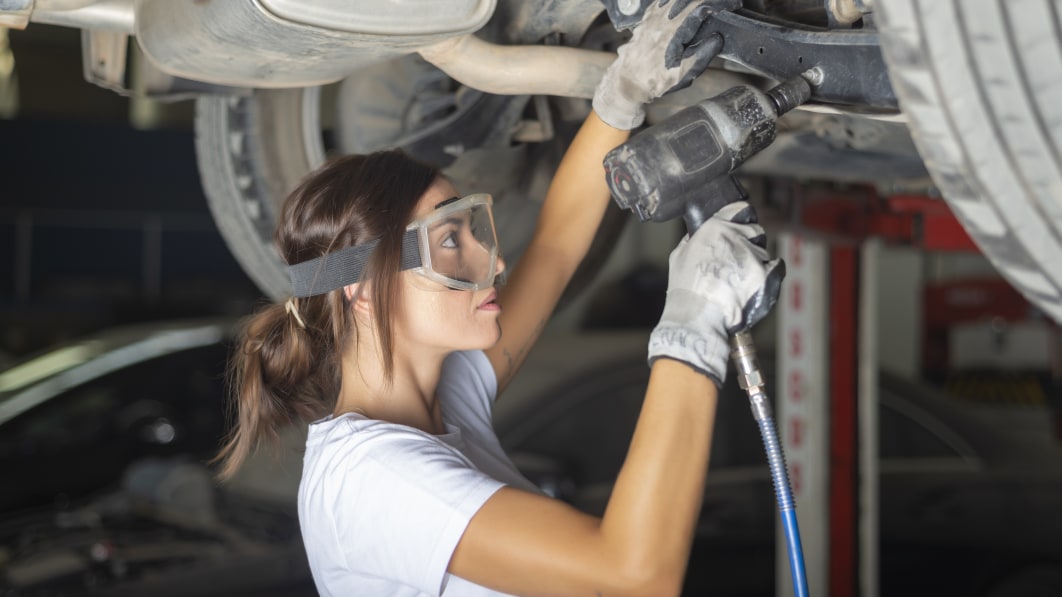5 big Japanese manufacturers participate in Japan Automotive Model-Based Engineering Center
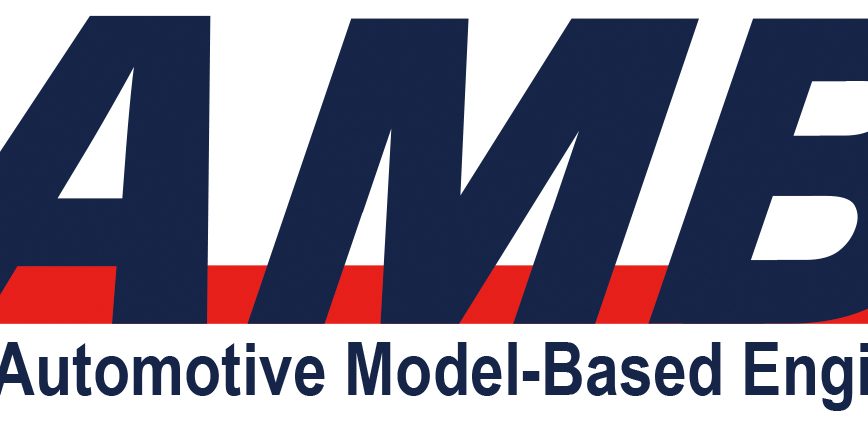
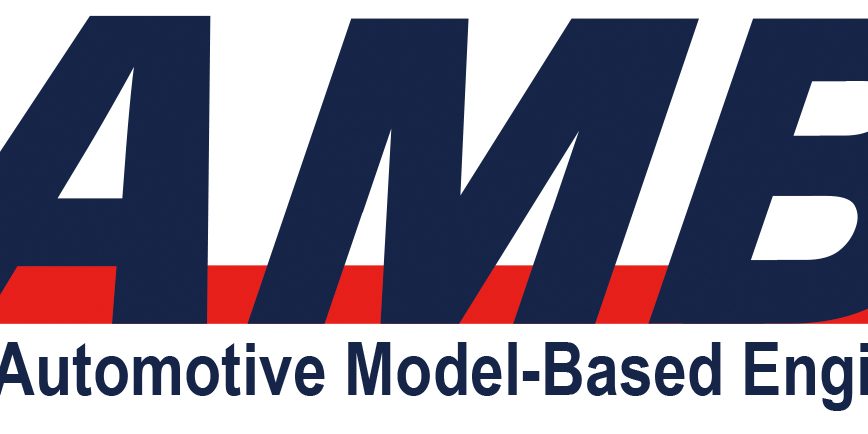
Contents
Japan Automotive Model-Based Engineering Center’s mission is to promote Model-Based Development (MBD)*1 across Japan’s automotive industry.
Five Japanese automobile manufacturers (SUBARU CORPORATION, TOYOTA MOTOR CORPORATION, Nissan Motor Co., Ltd., Honda Motor Co., Ltd., and Mazda Motor Corporation) and five parts manufacturers (AISIN CORPORATION, JATCO Ltd, DENSO CORPORATION, Panasonic Corporation, and Mitsubishi Electric Corporation) will be filling the role of executive member in the Japan Automotive Model-Based Engineering center (JAMBE), which went public today.
The center was founded to fulfill the purpose of creating the most-advanced development community in the mobility sector, able to carry out optimal and high-grade monozukuri efficiently and without rework. Primarily consisting of private companies, the center succeeds an initiative led by Japan’s Ministry of Economy, Trade and Industry called “Enrichment of Suriawase 2.0*2“―an industry-academia-government and strategic future policy for MBD in the automobile industry―which had been compiled as a result of discussions conducted by the Study Group for Ideal Approaches to Model Utilization in the Automobile Industry*3.
Executive member companies will lead the center’s activities to contribute to making Japan’s automotive industry more competitive internationally by enabling academia and businesses to share digital models*4 across the board, linking academic research with development of parts, systems and vehicles. Therefore, allowing both sides to coordinate and make adjustments (suriawase in Japanese) digitally from the initial stages of development.

SEE ALSO: The 5 most expensive celebrity cars ever
JAMBE’s Guiding Principle, Vision, and Goal
Guiding principle
- Contribute to making Japan’s automotive industry more competitive internationally by spreading and deploying MBD technology and concretizing the Suriawase 2.0 concept’s high-grade virtual model development technology.
Vision
- Utilize MBD to promote carbon neutrality and innovation of vehicle technology to respond to needs such as CASE, thereby contributing to SDGs.
- Encourage organizations of all sizes to use virtual models, thereby promoting highly efficient research and development.
Goal
- Concretize Suriawase 2.0: MBR*5 (Academia) creates new models and MBD (Industry) enhances development efficiency by using the same models across parts and vehicle manufacturers in the engineering chain for their suriawase engineering style, creating new value and achieving the most efficient development processes in the world, free from rework.
*1 Model-Based Development (MBD) A development style that uses virtual models on a computer, not using actual prototype parts throughout design and development activities to realize efficient development activities by saving considerable time and effort that would usually be spent elaborating performance concepts, designing, making prototype parts, and testing.
*2 Suriawase 2.0 A concept that uses MBD to heighten the degree of coordination of cross-disciplinary development (suriawase engineering style) between companies and between industry and academia throughout the engineering chain.
*3 Established in November 2015 by the Ministry of Economy, Trade and Industry. Please visit the website for further details.
*4 A “model” is a simulated object that is made to behave like a real object using computer simulation. Depending on the needs, models of various scales are used, including models of individual parts (e.g., pistons of an engine), models of systems/units (e.g., an engine), and models of entire vehicles. Models can also refer to mathematical models of phenomena such as fuel combustion, hydraulic oil flow, etc.
*5 Model-Based Research (MBR) MBR means activities of basic research and numerous experiments of physical phenomena to create models with higher accuracy that are required for successful MBD.

